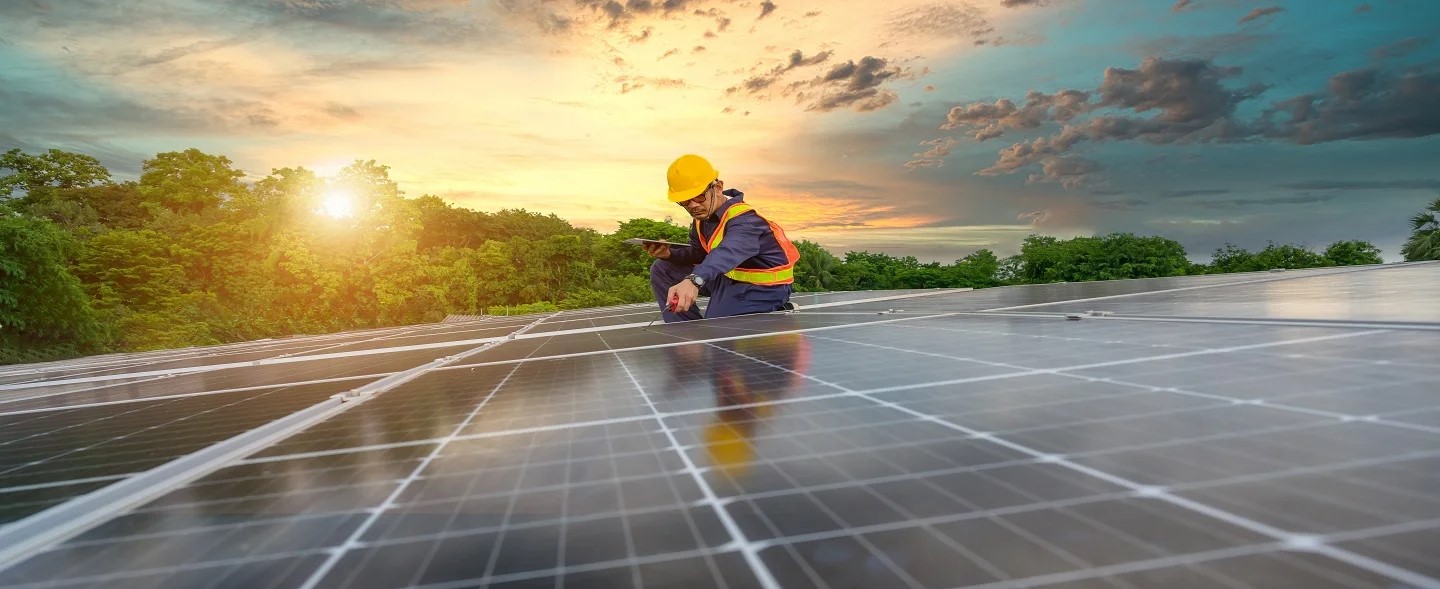(3 Minutes Read)
Namibia’s state-owned utility, NamPower, signed a deal with two Chinese companies to begin construction of the country’s largest solar power plant. Currently dependent on imports from Zambia and South Africa.
Namibia’s state-owned utility, NamPower, signed a deal with two Chinese companies to begin construction of the country’s largest solar power plant. Currently dependent on imports from Zambia and South Africa. Namibia’s energy grid will get a boost by adding 100 megawatts to its 500 MW capacity.
Namibia has one of the highest levels of solar radiation, off-grid solar systems are an obvious way to provide clean, reliable, and affordable electricity. However, getting access to finance is one of the main hurdles for the rural population when implementing such off-grid solutions.
However, access to finance remains a significant challenge for rural communities looking to implement these solar solutions. Approximately 80% of the 1.4 billion Namibian dollars (USD 78.33 million) solar power project will be financed by the German development bank KfW, with NamPower covering the remaining costs from its funds. According to NamPower’s managing director, Kahenge Haulofu, the new plant will help stabilize future electricity tariffs, spur economic growth, and enhance environmental sustainability.
Estimates are that fewer than 10% of rural households have access to electricity (either from the electrical grid) or through local power generation; in addition, up to 60 per cent of Namibians are off the grid.
Read Also:
The construction, to be handled by China Jiangxi International Economic and Technical Cooperation Co. Ltd and Chint New Energy Development (Zhejiang) Co. Ltd, is expected to take 18 months, with commercial operations slated to commence in the second quarter of 2026.





